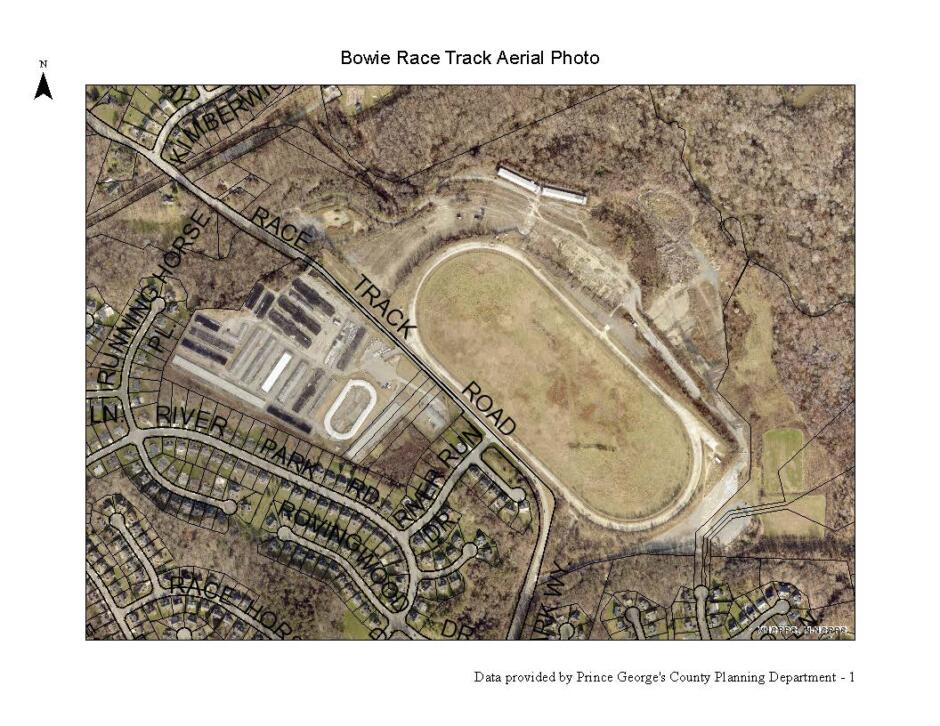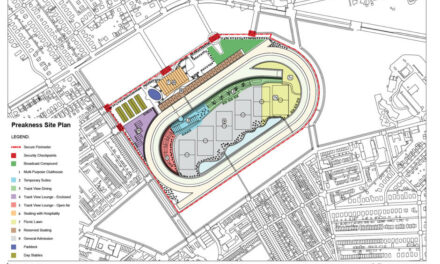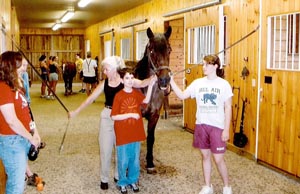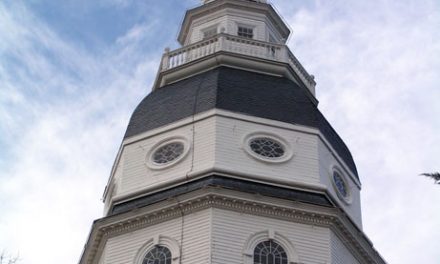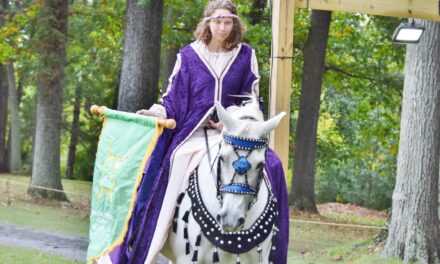By Valerie Ormond (first published in the March 2023 Equiery)
The Bowie Race Track hosted live racing from 1914 to 1985 and then was a Thoroughbred training facility until 2015. During the 2020 State Legislative Session, Senate Bill 987 (Racing and Community Development Act of 2020) passed stating that the Bowie Race Track property would be conveyed to the City of Bowie on or before December 31, 2023.
The Maryland Horse Council (MHC) has been actively engaged in Bowie Race Track property discussions, testifying in the General Assembly on the subject in 2013, 2017, and 2020, speaking at Bowie Town Halls on the subject in 2013 and 2020, and meeting with local officials. In September 2020, MHC prepared a 12-page “Report on Potential Equine Uses of the Bowie Race Track Property” for the Bowie City Council with input gathered from MHC members and the Maryland horse community. Most recently, MHC was represented at a Bowie workshop to discuss future uses of the property and in sharing the 2022 Bowie Race Track survey with its members encouraging participation.
In May 2022, the Bowie City Council established the Bowie Race Track Task Force in preparation for the December 2023 ownership transfer. The 23-member Task Force’s mission is to work with stakeholders, engage the community, gather a list of desired property uses, and develop a concept plan for the approximately 180-acre property straddling both sides of Race Track Road.
The Task Force held a workshop at Bowie State University on December 3, 2022. Both City and Bowie State University participants met to share ideas for recreation, nature preservation, and equestrian activities on the Bowie Race Track property. Bowie State University is adjacent to the property and had expressed an interest in the property. Senate Bill 987 required a joint use agreement with the University as part of the conveyance.
The City of Bowie hired a strategic planner who facilitated the interactive strategic planning session. The facilitator began with an informational briefing of the types of uses permitted as part of the exchange of the property.
According to the legislation:
-The property within 100 feet of the top of the Patuxent River bank has to be used for passive recreational activities, including hiking, wildlife viewing, picnicking, and walking.
-The remaining portion of the property has to be used only for active recreational activities including baseball, football, soccer, and cricket.
-The property is allowed only one structure up to 50,000 square feet.
-The City is required to enter into a joint use agreement, which includes an easement, with Bowie State University for the future use of the property. The joint use agreement between the City and the University includes establishing a Reserve Officer Training Corps (ROTC) fitness/obstacle course, holding track and field events, and sharing picnic facilities. They also agreed on limiting traffic, cooperating in the design process, concentrating solely on recreational purposes and programs, and not constructing housing.
During the second portion of the strategic planning session, attendees ranked preferences for property use ideas based on the City’s survey, which had already drawn 2,100 responses. Some of the equestrian opportunities in the planning stages in the survey included an equestrian trail; a facility to preserve the Bowie Race Track history and educate people about horses; equestrian facilities, a horseback riding ring, and therapeutic riding activities.
Representatives varied from those interested in urban farming to those supporting the largest cricket league on the East Coast. Bowie State University had a large contingent of students representing bowling, track and field, ROTC, and the arts. Neighborhood leaders, naturalists, builders, equestrians, and sports fans all shared their views.
Sandy Spencer attended the meeting in her role as a Supervisory Wildlife Biologist for the Patuxent Research Refuge. She said, “A wide swath of forest and natural habitat between the Patuxent River and Bowie Race Track would benefit wildlife, nature, the River, and the community. The quality of the experience as people enjoy a hike, walk, or jog, a bike ride, or a horseback ride along the proposed trail would be greatly enhanced with a forest deep enough to filter out the noises and disturbances typical of this urban setting or other proposed activities. And just upriver from the track is the Patuxent Research Refuge (a 13,000-acre national wildlife refuge) which seeks to improve its connectivity to this trail system to provide more undisturbed nature discovery for people who live, work, and recreate in this region.”
Spencer, also an equestrian, brought up the necessity of proper planning for equestrian uses so as not to create dangerous situations for humans and horses. For example, it would be unwise to build a riding ring right next to the proposed ROTC obstacle course, which could scare the horses and riders.
Support exists to continue an equine footprint at the Bowie Race Track property from local equestrians and non-equestrians who appreciate both the Bowie and Belair history in the Thoroughbred racing industry. But decisions are being made in the next few months that will reach far into the future. For those who have an interest in preserving some type of equestrian use on the property, please keep an eye out for the second of the planning workshops which will be held in the spring of 2023.
The Staff Liaison to the Race Track Task Force and Director of Planning and Sustainability for the City of Bowie is Joseph Meinert, who can be reached at (301) 809-3045 or jmeinert@cityofbowie.org. The Bowie Race Track Task Force will submit a final report of its findings to the Bowie City Council by July 1 in anticipation of the December property conveyance.

